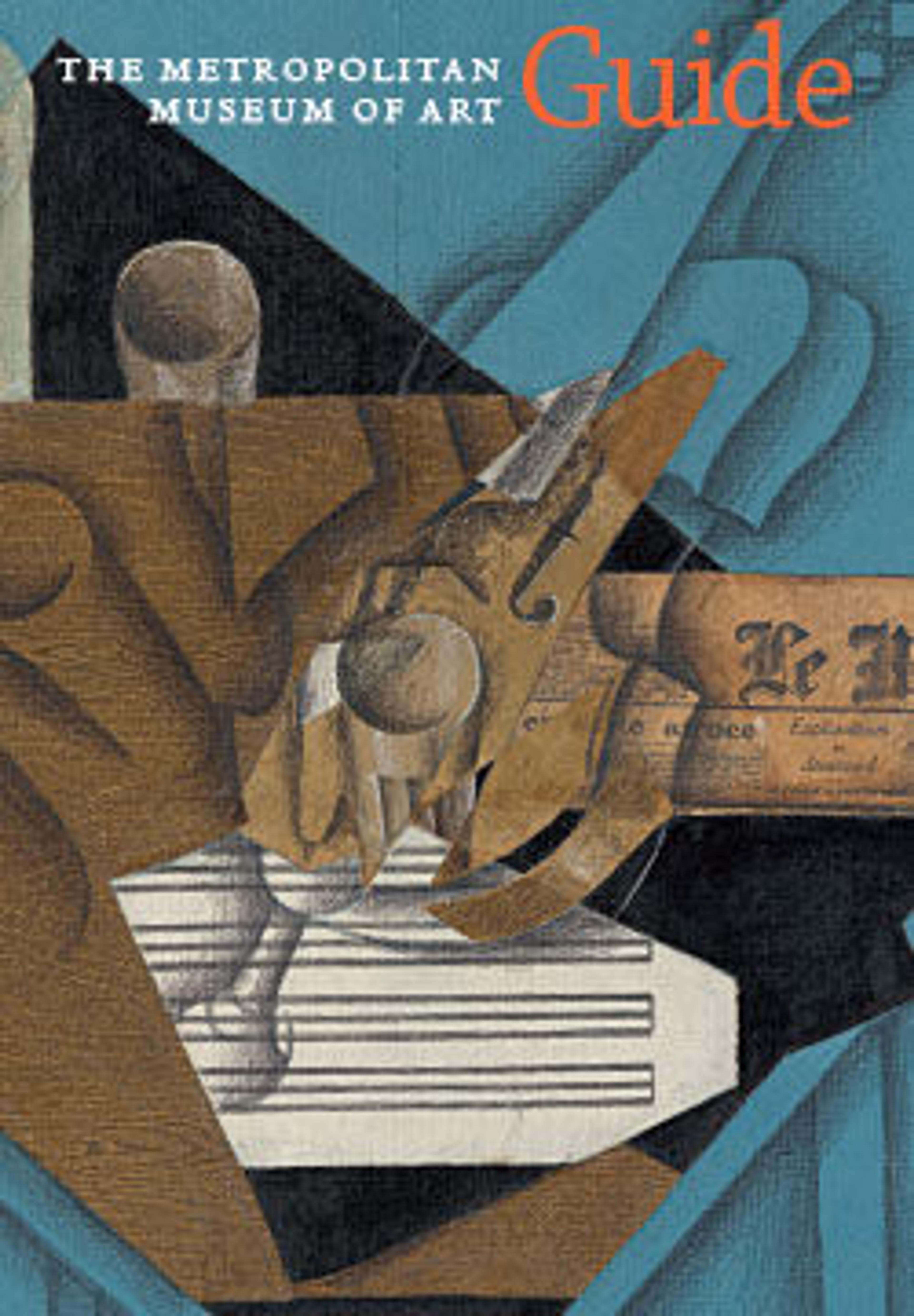Deutsch
Shiva und Parvati beim Chaupar-Spiel: Blatt aus einer Rasamanjari-Serie
Dieses Gemälde gehört zu einer Serie, die das Rasamanjari (Essenz des Genusserlebnisses) illustriert, ein Liebesgedicht in Sanskrit aus dem 15. Jhd. von Bhanudatta, das den Ausdruck und die Einordnung der Stimmungen und Gefühle der Nayaka (Heldenliebhaber) and Nayika (Heldinnengeliebten) zum Ziel hat. Es hat seinen Ursprung in der ersten Abhandlung über die Dramatik von Bharata Natyashastra. In dieser hochaufgeladenen Szene, die durch mutige Farbgebung und räumliche Ambiguität belebt wird, fleht Parvati ihren Gemahlen Shiva an, der ihr gerade beim Chaupar-Spiel eine Kette abgenommen hat. Der symbolische Farbeinsatz und die Form der Gesten kennzeichnen die Basohli-Schule dieser Epoche.
Artwork Details
- Titel:Shiva und Parvati beim Chaupar-Spiel: Blatt aus einer Rasamanjari-Serie
- Künstler:Devidasa von Nurpur, Inder, aktiv 1680–1720
- Datum:1694–95
- Geografie:Indien, Himachal Pradesh, Basohli
- Medium:Opake Wasserfarbe, Tinte, Silber, Gold auf Papier
- Dimensionen:Bild: 16,5 x 27,6 cm
- Anerkennung:Schenkung von Dr. J. C. Burnett 1957
- Akzession Nr.:57.185.2
- Curatorial Department: Asian Art
More Artwork
Research Resources
The Met provides unparalleled resources for research and welcomes an international community of students and scholars. The Met's Open Access API is where creators and researchers can connect to the The Met collection. Open Access data and public domain images are available for unrestricted commercial and noncommercial use without permission or fee.
To request images under copyright and other restrictions, please use this Image Request form.
Feedback
We continue to research and examine historical and cultural context for objects in The Met collection. If you have comments or questions about this object record, please contact us using the form below. The Museum looks forward to receiving your comments.
